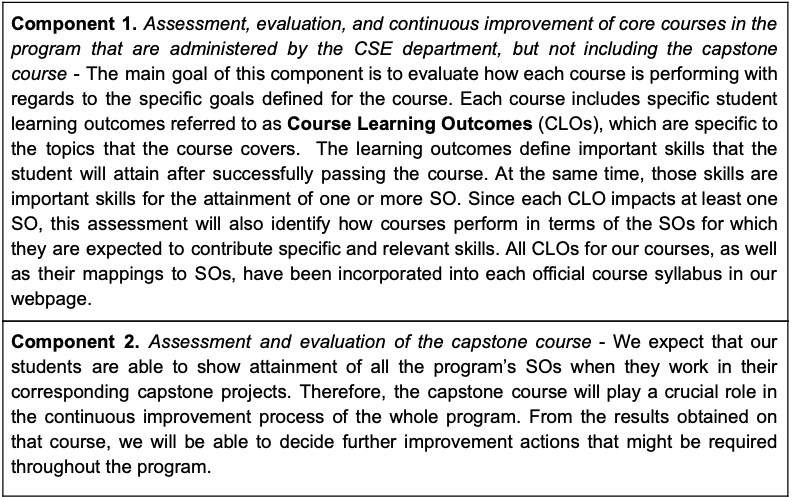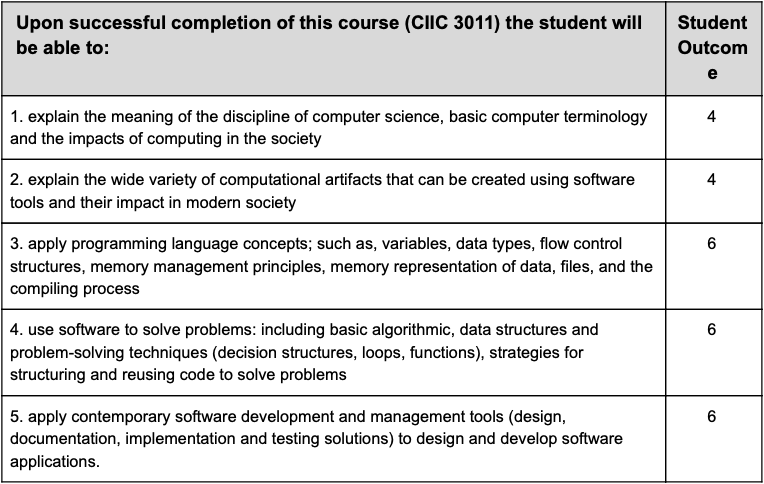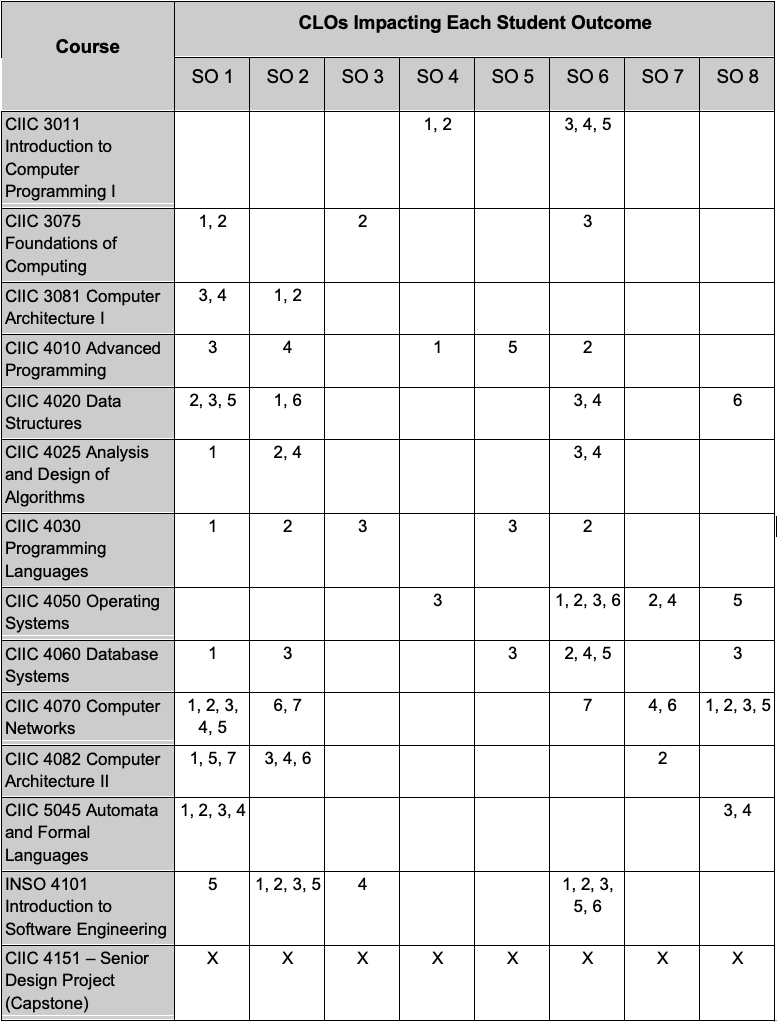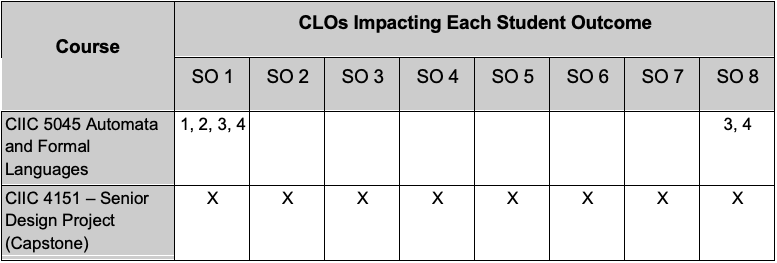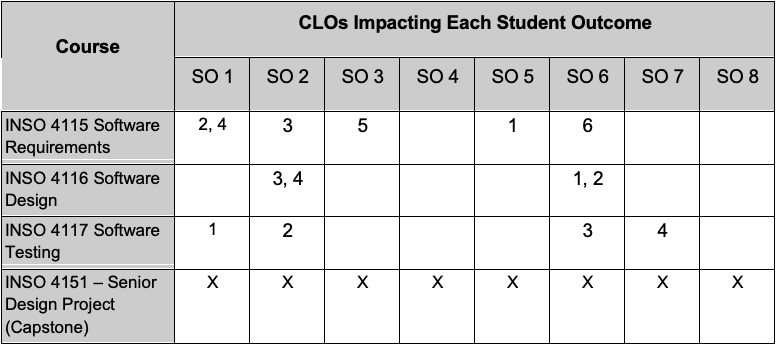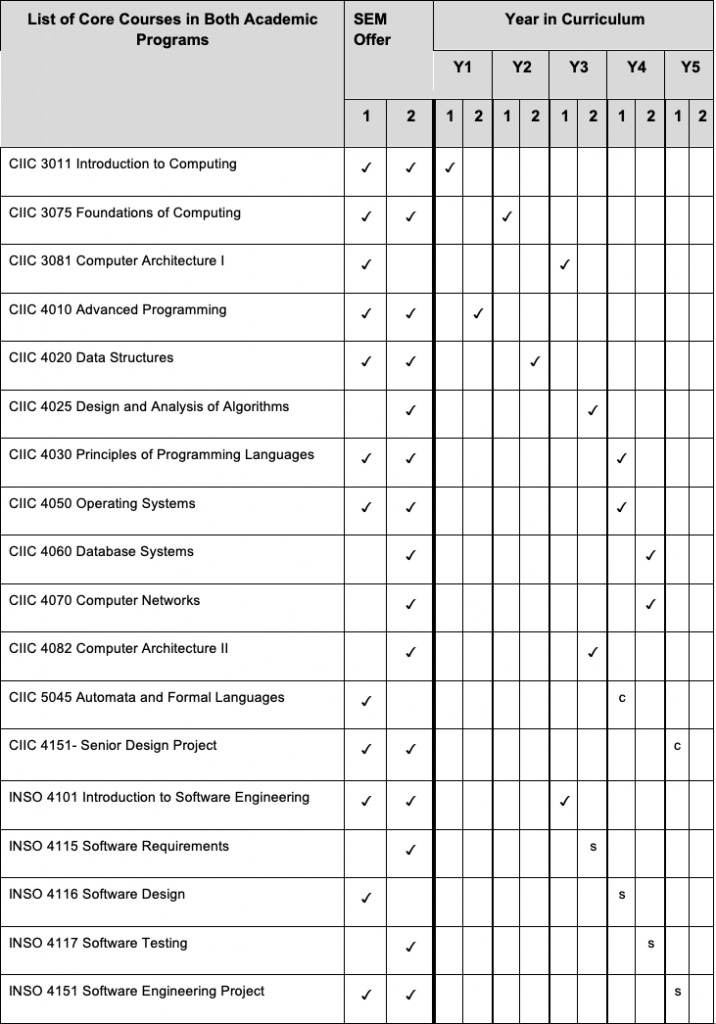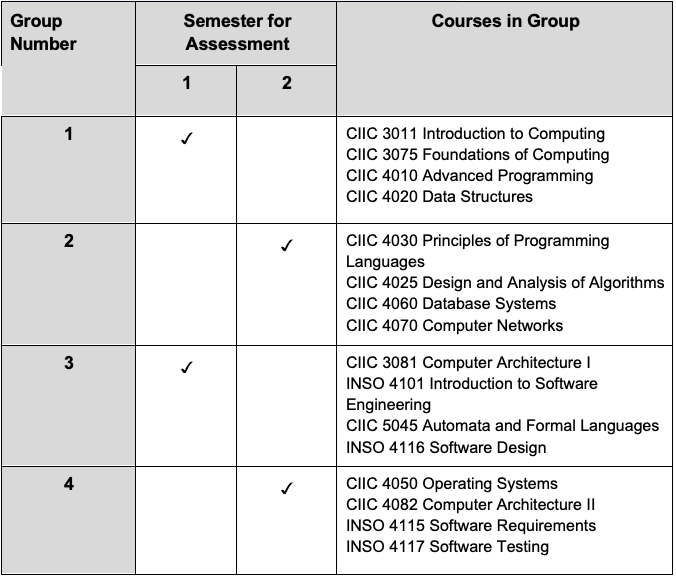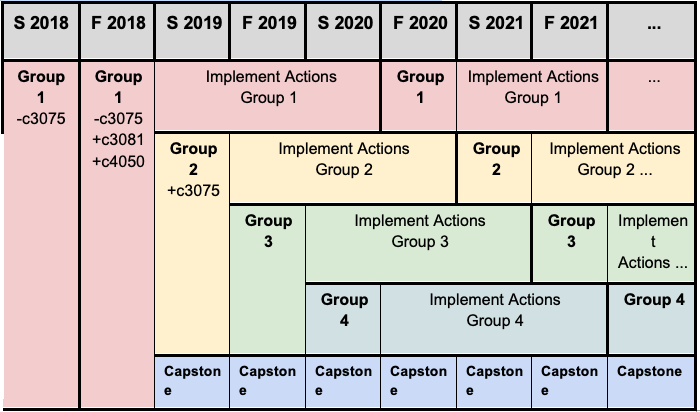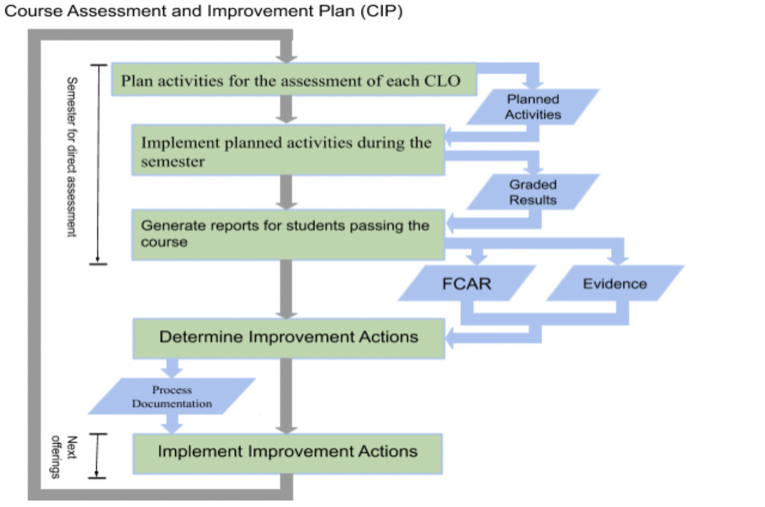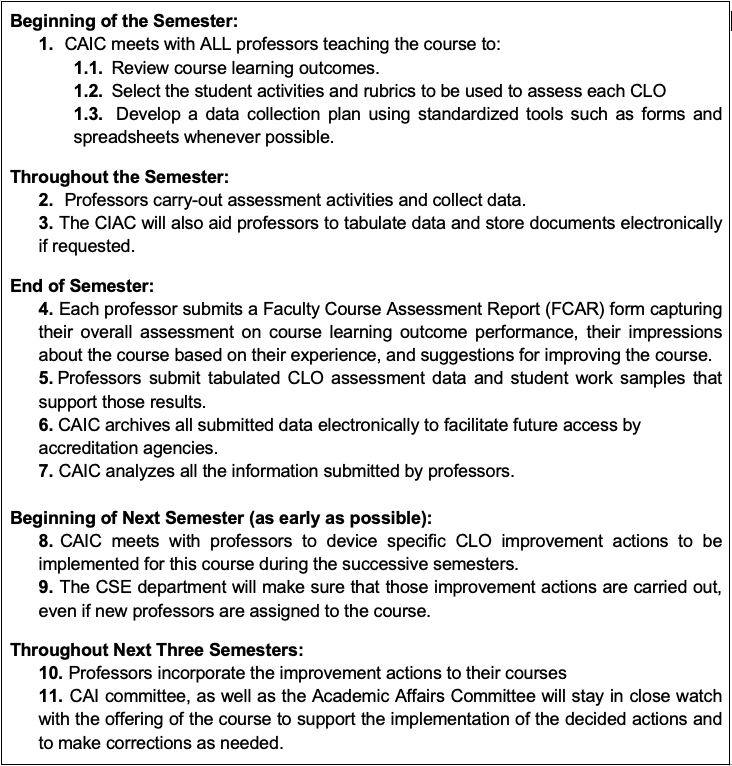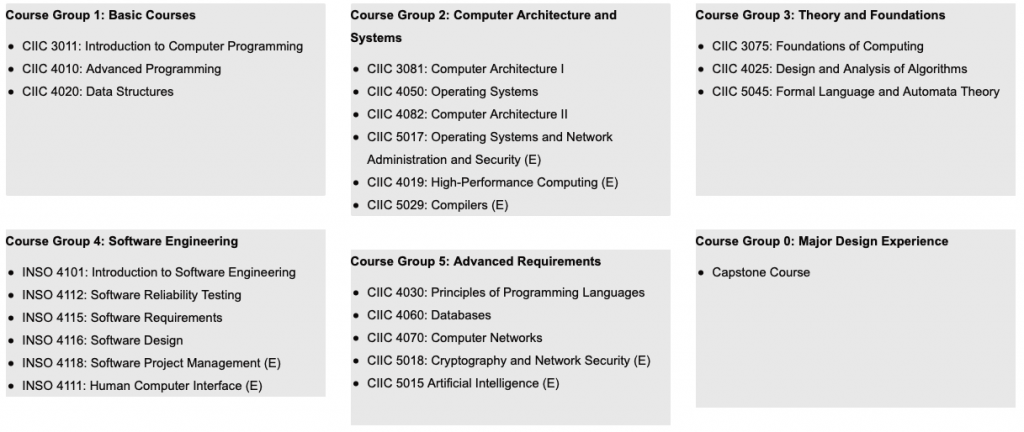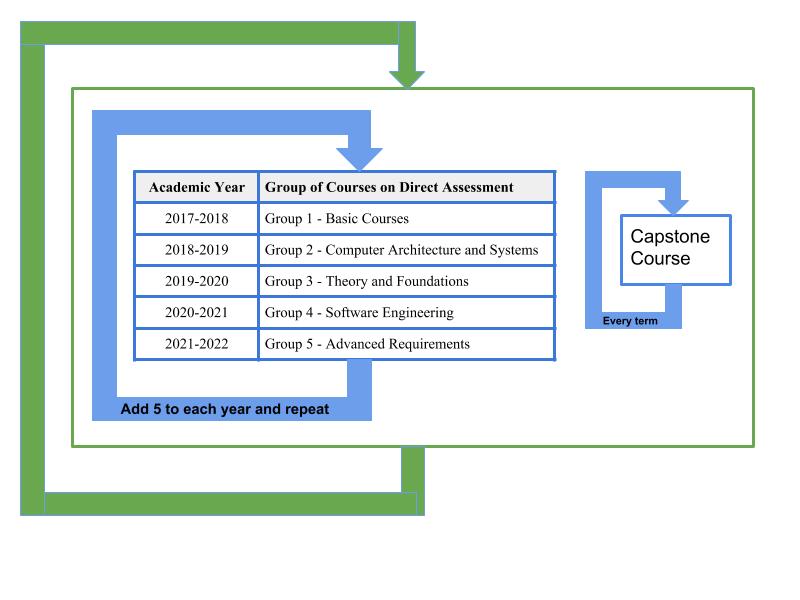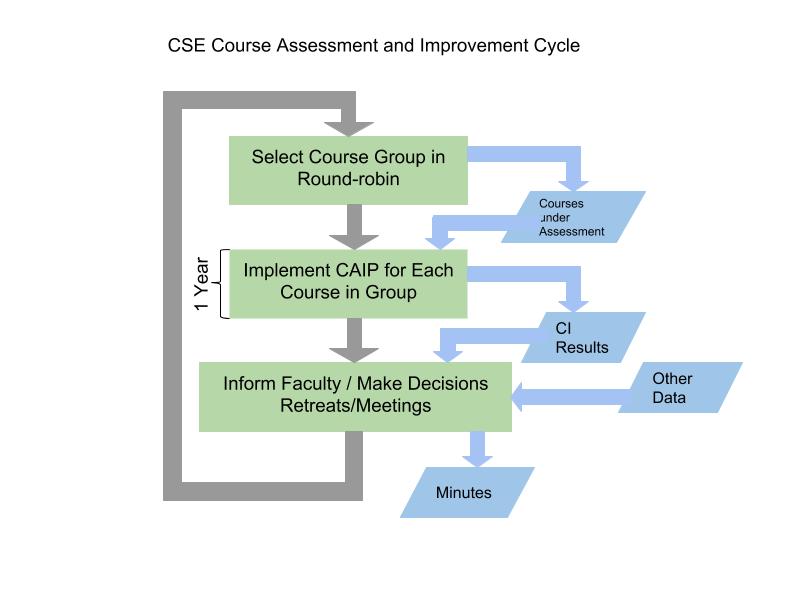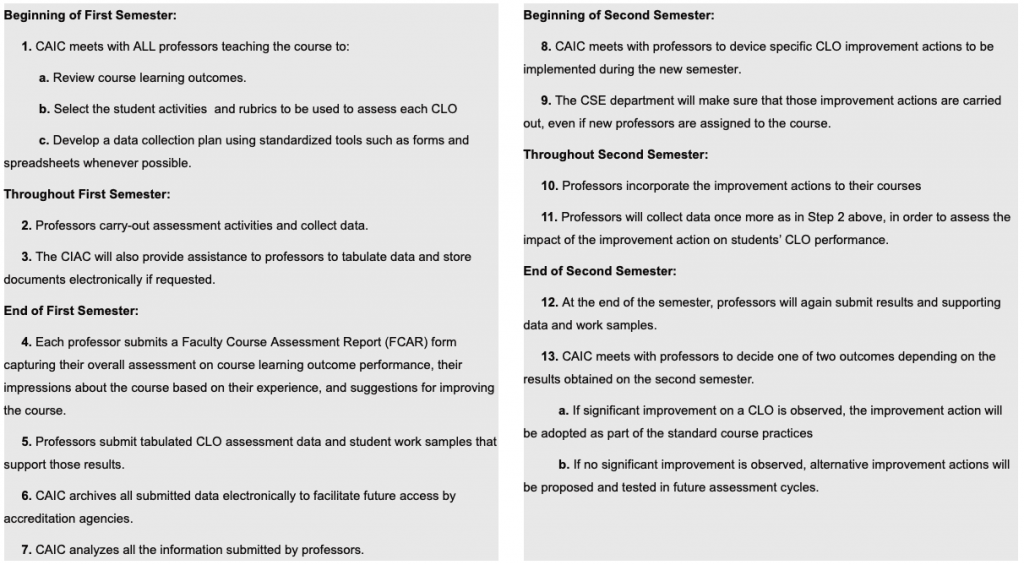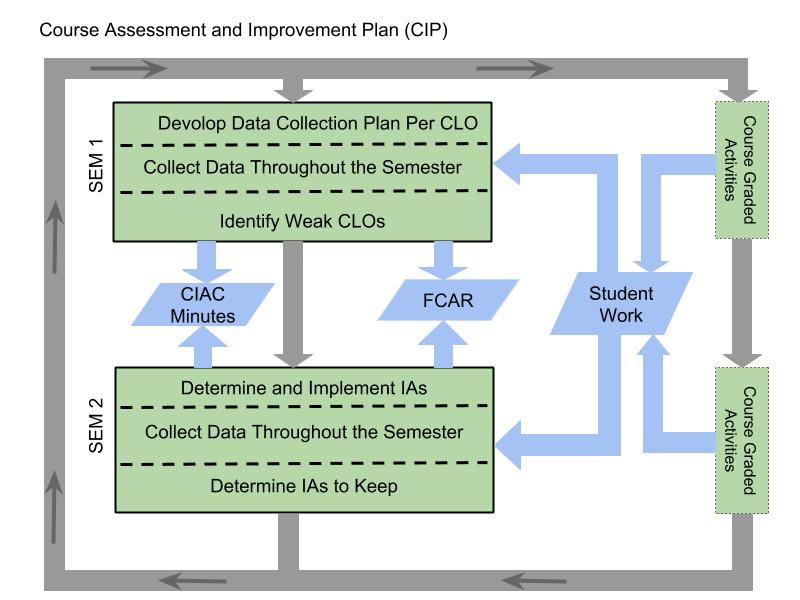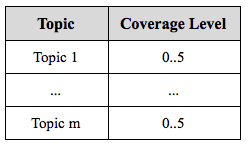The CSE department is committed to excellence in education in Computer Sciences and Engineering, Software Engineering, and modern application of computing. For that, our academic programs should always be aligned with the modern trends and standards of the discipline, and with the best recognized practices to produce reliable and successful professionals. Hence, we have established a continuous improvement process that is aimed at evaluating the performance of the CSE and the SWE programs to help us design and implement improvement actions needed to always stay aligned with this commitment. Moreover, in both academic programs, the continuous improvement process is perhaps more crucial because of the following reasons:
- The Computer Science discipline and areas of application are rapidly and continuously evolving, not only in deriving new knowledge but also in their impact in modern society.
- We must always guarantee to our constituencies that our alumni are capable of fulfilling their professional duties in a satisfactory and reliable manner, and that they will be able to evolve in knowledge as the discipline evolves to be able to continue their contribution to the growth of our society through the practice of the profession.
In summary, the continuous improvement process is designed to guarantee that our programs enable our students to acquire a set of fundamental skills that every professional in the discipline must have. Those skills are captured in the student outcomes of the program.
To lead this continuous improvement effort, the CSE department has created the Continuous Assessment and Improvement Committee (CAIC), composed of :
-
- Department Chairman
- Assessment Coordinator
- Administrative assistant
Since ours are relatively new programs, we started designing and implementing an assessment plan from the ground up. The plan itself has also been under continuous revision and improvement. In the following sections, we detail our continuous assessment and improvement plan to guarantee attainment of SOs and how we have used it so far to implement specific improvement actions in specific courses. We will also present some across-the-curricula improvement actions that we have recently implemented, or which are in the process of being implemented.

